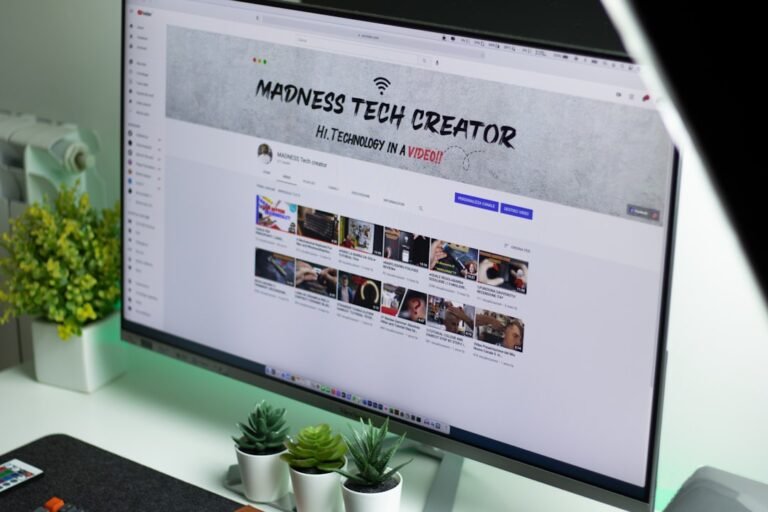budget pacing
As a marketer, managing your ad spend effectively is crucial to achieving your campaign goals. One key aspect of ad spend management is budget pacing, a strategy that ensures you’re allocating your budget efficiently throughout your campaign duration. In this article, we’ll dive into the world of budget pacing, exploring its importance, benefits, and best practices.
What is Budget Pacing?
Budget pacing refers to the process of monitoring and adjusting your ad spend to ensure it aligns with your campaign goals and budget allocation. It involves tracking your daily or monthly spend to prevent overspending or underspending, which can negatively impact your campaign’s performance.
Why is Budget Pacing Important?
Effective budget pacing is essential for several reasons:
**Maximizes ROI**:
By pacing your budget, you can ensure that you’re getting the most out of your ad spend, maximizing your return on investment (ROI).
**Prevents Overspending**:
Budget pacing helps prevent overspending, which can lead to wasted ad spend and decreased campaign performance.
**Ensures Consistent Performance**:
By maintaining a consistent spend pace, you can ensure that your campaign performs consistently throughout its duration.
**Supports Data-Driven Decision Making**:
Budget pacing provides valuable insights into your campaign’s performance, enabling you to make data-driven decisions to optimize your ad spend.
Benefits of Budget Pacing
The benefits of budget pacing are numerous:
**Improved Campaign Performance**:
By pacing your budget, you can optimize your campaign’s performance, ensuring that you’re reaching your target audience and achieving your campaign goals.
**Enhanced Budget Allocation**:
Budget pacing enables you to allocate your budget more effectively, ensuring that you’re not overspending or underspending in specific areas.
**Increased Transparency**:
Budget pacing provides a clear picture of your ad spend, enabling you to track your spend and make adjustments as needed.
**Better Resource Allocation**:
By optimizing your ad spend, you can allocate resources more efficiently, freeing up budget for other marketing initiatives.
Best Practices for Budget Pacing
To master budget pacing, follow these best practices:
**Set Clear Campaign Goals**:
Establish clear campaign goals and objectives to ensure you’re pacing your budget effectively.
**Monitor Your Spend**:
Regularly track your ad spend to identify areas for optimization.
**Adjust Your Bids**:
Adjust your bids to ensure you’re not overspending or underspending.
**Use Automated Bidding**:
Consider using automated bidding strategies, such as target CPA or target ROAS, to optimize your ad spend.
**Analyze Performance Data**:
Regularly analyze performance data to identify trends and areas for improvement.
Common Budget Pacing Challenges
While budget pacing is essential, it’s not without its challenges:
**Seasonal Fluctuations**:
Seasonal fluctuations can impact your ad spend, making it challenging to pace your budget effectively.
**Market Volatility**:
Market volatility can affect your ad spend, requiring you to adjust your budget pacing strategy.
**Campaign Complexity**:
Complex campaigns with multiple ad groups and targeting options can make budget pacing more challenging.
Conclusion
About Relvixis: Relvixis is a Canadian-based digital agency specializing in results-driven solutions for businesses looking to grow online.
We offer expert services in SEO optimization, web development, social media management, and marketing automation.
Our team blends creative strategy with technical precision to drive leads, enhance brand visibility, and accelerate digital performance.
To learn more or schedule a free consultation, visit
relvixis.com.







